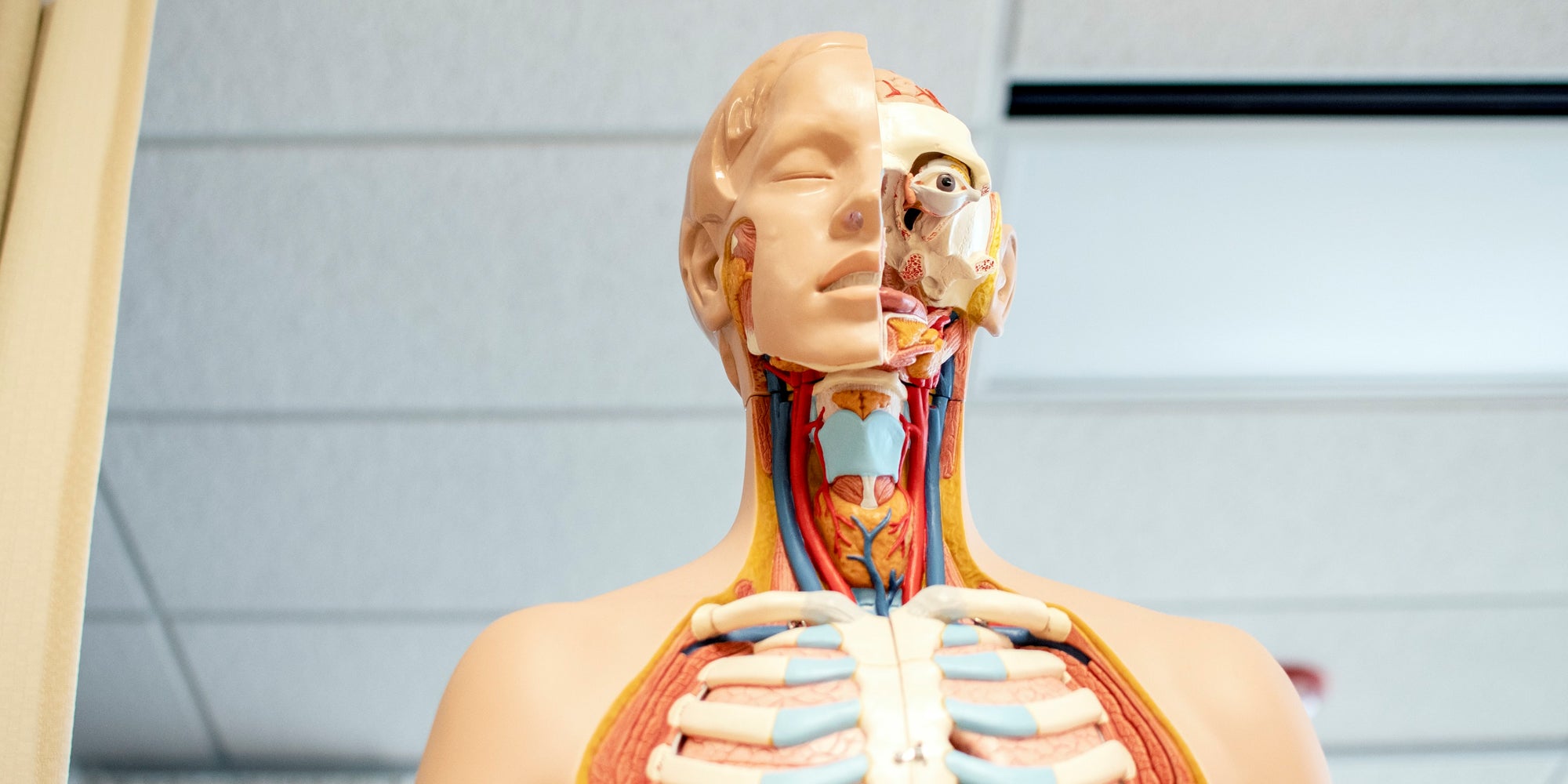CBD has the potential to help reduce the symptoms of several conditions, from anxiety to seizures to diabetes. Another thing it helps with is the human endocannabinoid system, which is actually found in all species with a backbone. Today I am going to talk through what this is and how it's done.
WHAT IS THE ENDOCANNABINOID SYSTEM?
The endocannabinoid system (ECS) is a complex signalling system made up of endocannabinoids, cannabinoid receptors, and enzymes that break down endocannabinoids once they’ve completed their jobs. The endogenous lipid-based neurotransmitters bind to either cannabinoid receptors to create different effects. Although there are more receptors, the two most common are the CB1 and the CB2, which are found throughout the body. The majority of CB1s are located in the central nervous system, and the CBDs are found in the peripheral nervous system.
HOW DOES CBD WORK WITH THE ENDOCANNABINOID SYSTEM?
Recent studies have discovered that the endocannabinoid system doesn't just respond to the endocannabinoids produced in the body, but also responds to external cannabinoids such as the phytocannabinoid cannabidiol, or CBD. Introducing CBD to the body may help reduce the symptoms of a wide range of illnesses like epilepsy, multiple sclerosis, chronic inflammation, depression, diabetes, rheumatoid arthritis, anxiety, and opioid withdrawal.
CBD (cannabidiol) and CBN (cannabinol) and THC (Tetrahydrocannabinol) fit like a lock and key into existing cannabinoid receptors. THC can fit into the CB1 Receptor, CBN into the CB2 Receptor and CBD into both CB1 and CB2 receptors.
Now you should know how CBD affects the Endocannabinoid system, and the effects this has.








